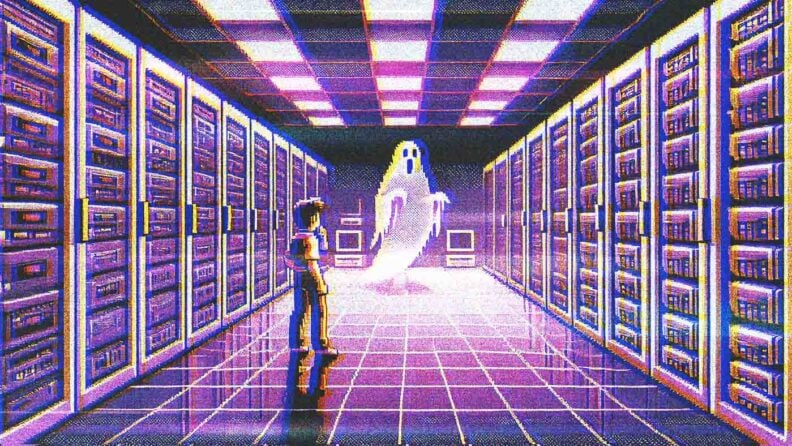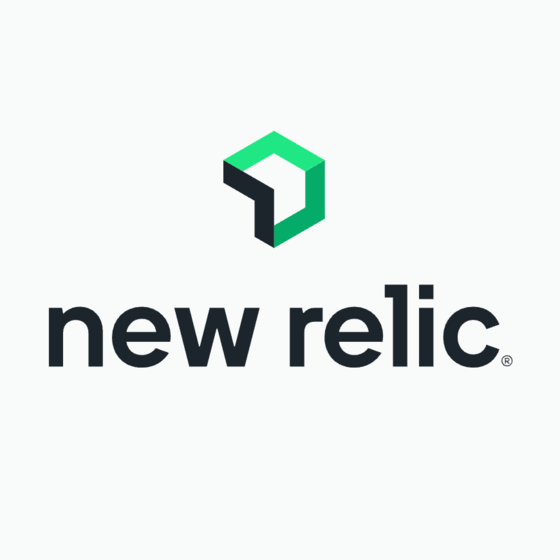As Halloween approaches, there’s one set of ghosts that can haunt our tech stacks year-round: the forgotten legacy systems lurking in the shadows. Welcome to the haunted realm of the past, where legacy systems still hold sway over your IT dreams… or nightmares. These aging networks and outdated technologies may have served us well in their prime, but now they rattle their chains, causing chaos and disruption within modern IT infrastructures.
Andrew Duncan, CEO and managing partner at Infosys Consulting says, "As organizations scale and evolve, legacy systems often become the silent disruptors in our IT infrastructure—holding back innovation and agility. These outdated networks, once the backbone of our operations, now struggle to keep pace with the demands of modern technology. The challenge isn’t just their inefficiency; it's the security risks and integration headaches they create. To stay competitive, companies must confront these ghosts head-on with a proactive modernization strategy. It's about more than upgrades—it's about ensuring your technology drives your business forward, not holds it back.”
The Legacy Burden Dragging Down Your IT Infrastructure
Let's pretend your IT infrastructure is a house built over many years with wings added on as your organization has grown. Some of these rooms are pristine – filled with cutting-edge tech, automation, and cloud capabilities that let your teams work at lightning speed. But then, there are the dark, cobwebbed corners where legacy systems still reign. Systems built in ancient times (okay, maybe the 90s or early 2000s), originally meant to be the backbone of your organization, now creak and groan under the weight of their age.
These legacy systems, once mighty, are now unable to keep up with modern technology demands. As you integrate new software or scale your infrastructure, they become bottlenecks, dragging down the entire company.
And what’s worse, they stay a permanent part of your IT stack. Perhaps the most chilling aspect of legacy systems is their refusal to play nice with modern solutions. Picture a Frankenstein-like IT stack where old, disjointed systems are stitched together with newer, more agile technologies. Instead of cooperation, you get discord.
Haunting Examples
Take the example of a fintech company that attempted to modernize its operations with microservices while still depending on legacy core banking software. The microservices ran as expected, expanding as necessary to meet demand, but the legacy system, burdened by rigid scalability limits, couldn't keep up. The result? Transaction delays, increased downtime, and the real risk of losing customers to more agile competitors. Scalability became an illusion, with the company trapped in a never-ending cycle of firefighting.
Legacy systems can also invite cyber threats. These technologies were built in an era where today's sophisticated attacks were more fiction than fact. As security standards have evolved, legacy systems have remained dangerously exposed, often lacking the patches and updates required to fend off modern hackers.
In one case, a healthcare provider that relied on a legacy system for patient data management faced a security breach that compromised sensitive patient records. The system, which hadn't been updated in over five years, became a weak spot that hackers exploited with ease. Despite their best efforts to contain the breach, the legacy system had opened a portal for cyber ghosts, causing financial penalties, legal ramifications, and, worst of all, a loss of patient trust.
-

Deel
Visit WebsiteThis is an aggregated rating for this tool including ratings from Crozdesk users and ratings from other sites.4.8 -

New Relic
Visit WebsiteThis is an aggregated rating for this tool including ratings from Crozdesk users and ratings from other sites.4.3 -

Checkmk
Visit WebsiteThis is an aggregated rating for this tool including ratings from Crozdesk users and ratings from other sites.4.7
How to Exorcize Legacy Systems From Your IT Stack
It’s not enough to ignore these legacy systems and hope they’ll go away (they won’t). Here’s how you can begin to exorcize them from your stack:
- Conduct a Thorough System Audit: You can’t start the process of moving away from legacy systems until you know exactly what you have. Perform a full audit of your IT landscape to identify which systems are outdated, which are due for upgrades, and which can be phased out.
- Adopt a Phased Approach to Modernization: Transitioning from legacy systems to modern infrastructure can’t happen overnight. Start by identifying the most critical systems for modernization, such as those that directly impact customer experience or revenue. You can phase out less critical legacy systems over time to minimize disruptions.
- Embrace the Cloud: Moving to cloud-native solutions is often the best way to avoid the constraints of legacy systems. Cloud platforms offer scalability, flexibility, and real-time updates that legacy systems simply can’t match. Hybrid cloud models can help ease the transition, allowing legacy systems to coexist temporarily with modern infrastructure.
- Leverage Automation and Integration Tools: Tools that enable automation and integration between old and new systems can help bridge the gap during the transition. This gives your teams time to gradually phase out older systems while still keeping your operations running smoothly.
The Costly Curse of Legacy Systems
Legacy systems can seem harmless until they start wreaking havoc. The cost of maintaining these outdated systems can quickly become overwhelming. They’re often hard to patch, require specialized knowledge to maintain, and aren’t designed to integrate easily with modern tools.
Beyond the monetary cost, these systems slow innovation. Your development teams may want to adopt new microservices or move to a cloud-native model, but the legacy components act as anchors, dragging down the pace of change. Imagine a digital-first company unable to launch a new mobile app because its legacy backend can’t support the new load—this is a modern-day IT horror story.
In the end, legacy systems can only be ignored for so long before they start to seriously impact your business. As more organizations shift toward digital transformation, agility and innovation are key to remaining competitive. The longer you allow these old ghosts to linger, the more difficult they become to manage.
The process of removing legacy systems may seem daunting, but with the right strategy and a commitment to modernization, your IT stack will be free from the hauntings of the past, ready to meet the challenges of the future. It’s time to put those ghosts of networks past to rest before they haunt your business one update too late.
Subscribe to The CTO Club's newsletter for more haunting IT stories.







